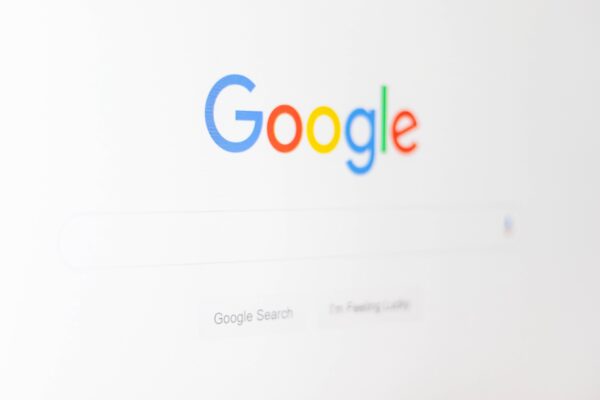Good SEO starts at the core of your website

Introduction
“How do I get my website to rank higher on Google?” is a common question we hear from clients, and rightly so. Search engines are by far the biggest driver of web traffic, so optimizing your site for higher rankings in search results is a must.
Search engine optimization, or SEO, can seem complicated — with keywords, content marketing, and link building, oh my! — but fear not. These can be valuable strategies, but good SEO really starts at the core of your site, with 1) useful content and 2) well-engineered webpages.
Good rankings start with good content
What Google and other search engines are trying to do is provide people with the most relevant results based on the search terms they choose. (Search engines also use other details they know about a user, such as their location, but those factors are beyond what we control as site developers and managers.) Google’s algorithm tries to understand what humans want, so if you write good content that is easy for a human to understand, Google probably likes it and will favor it. So how can you provide good, quality, relevant content?
Good content is:
- Written for a specific audience. This means your content is about topics that your readers truly need. Often there’s a gap between what site owners want readers to care about and what readers actually care about; sometimes even knowing who your readers are can be a challenge. At Pixo, our content strategists begin a website project by identifying target audiences, researching their needs, studying a site’s current content, and recommending changes to make the content more relevant to those audiences.
- Written with the words your audience uses. Your content should reflect the terms people use when they search. This means avoiding jargon and highly specialized words, or providing synonyms or explanations where those words are necessary. For example: if your site has a page about student loan forbearance, but a user doesn’t know that term and enters “delay my student loan payments” into a search engine, your page should include the word “delay” for a better chance of being found. Your page may also include the word forbearance, but it should explain that term and use synonyms.
- Easy to scan. Content that’s easier to read is also good for SEO. By writing scannable content, you add descriptive context (i.e. keywords) to a page in a meaningful way. Follow these best practices:
- Use the inverted pyramid — include your main idea in the page title and start with the most important information first (called the inverted pyramid style in journalism).
- Keep it short and take advantage of formatting — Use concise paragraphs focused on one key concept and separate with headings, subheadings, and bulleted and numbered lists.
- Avoid “click here” — When including hyperlinks within text, avoid “click here” and instead highlight a few descriptive words that indicate where the link will go.
Let’s get technical: How engineering affects SEO
Search engines constantly “crawl” the web to “index” pages, so they can quickly serve up search results when a person puts in a query. At Pixo, our engineers take the time to ensure sites have all the details search engines need to effectively crawl pages, and that analytics tracking codes are in place so clients can see anonymous data about how frequently users access their site.
Search engines rank pages higher if they provide a good user experience, which means it favors pages that are:
- Built to load quickly. A web page’s performance is scored by Google in terms of loading (how long it takes to see the content), interactivity (how long it takes to click or take an action), and visual stability (how little the content moves around once it is visible). A fast, stable web page adds to the quality of your content, which means Google will favor your page because it not only offers the content people want, but loads it quickly for them too.
- Mobile-friendly. This means it renders the content to fit the size of the browser; it looks good and is easy to use on small mobile phones, tablets, laptops, AND large desktop monitors. Text should not be too small, buttons and other touch targets should not be too close together, etc. Needless to say, separate mobile-only sites that have less content and diminished features are not okay; search engines favor sites that are responsively designed.
- Served over HTTPS, making users’ connection to a site secure by encrypting nearly all information sent between a user’s browser and a web service. HTTPS is now the default, which is why up-to-date browsers display non-secure warnings on sites using HTTP.
- Easily accessible to the user. This seems rather obvious, but it means avoiding pop-ups and other features that prevent the user from easily accessing the main content of a page. Not all pop-ups are bad; legal notices and log-in forms are examples of acceptable ones. Our engineers and designers work together to avoid dark patterns that can deceive or delay users. We also adhere to accessibility best practices, ensuring people who rely on assistive technology can navigate, read, and interact with the web pages we build. It just so happens that using accessible markup and optimizing for users’ different contexts helps SEO, too.
There’s a lot to think about when optimizing your site for search, but SEO starts with a solid content strategy and engineering expertise to keep your site usable, light, and search engine-friendly.
Wondering if the bones of your website are good for SEO?
Reach out — we’d love to talk with you about how to evaluate your site’s content and performance.